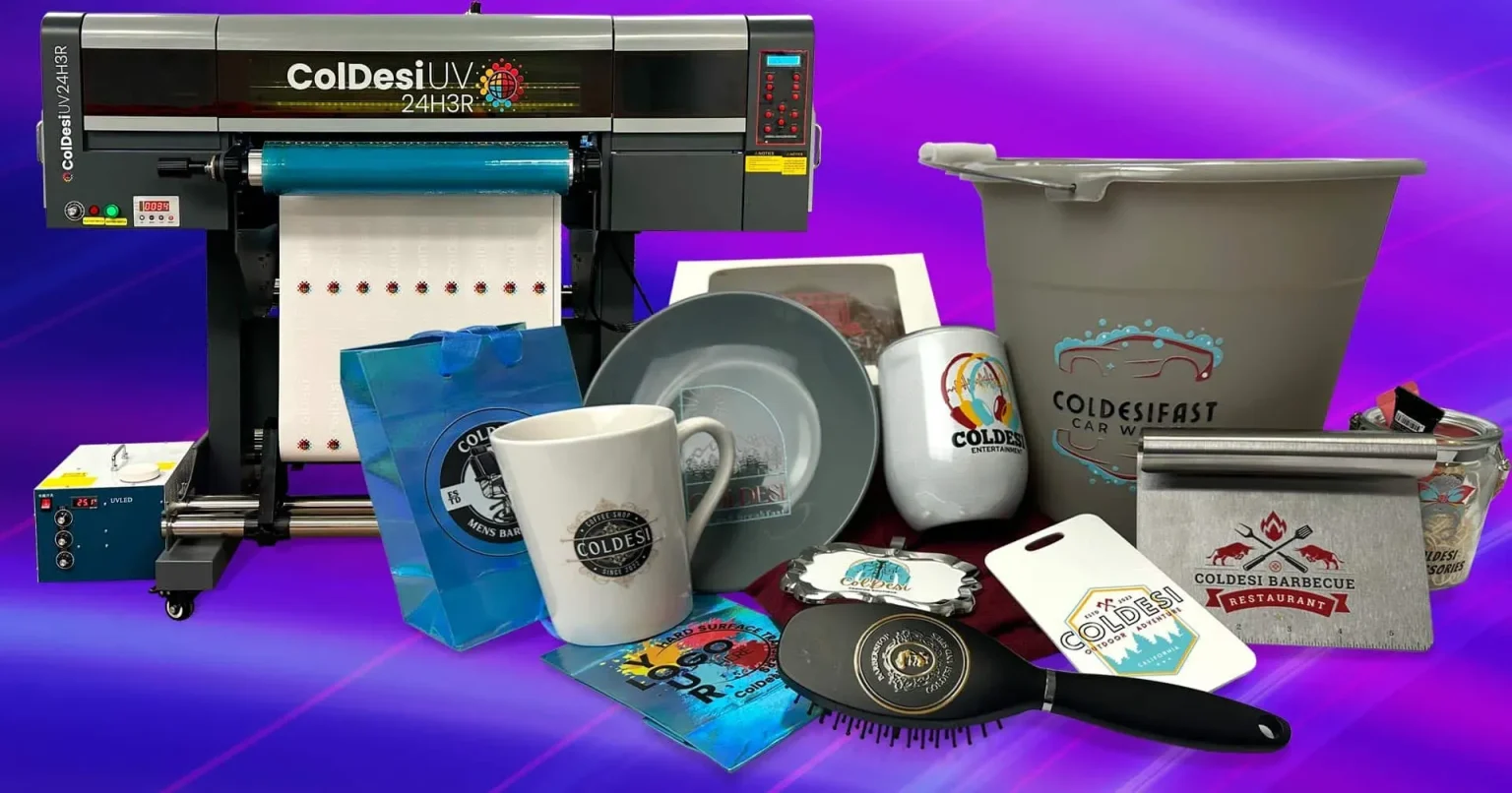UV DTF printing has rapidly emerged as a revolutionary technique within the printing technology landscape, combining the benefits of UV printing with the versatility of Direct to Film (DTF) applications. This innovative method not only delivers exceptional quality but also opens new avenues for customization across various substrates. As more industries adopt this advanced technology, mastering UV DTF printing becomes essential for anyone looking to gain a competitive edge. By understanding the fundamentals and implementing crucial tips, such as optimizing the UV curing process, you can elevate your printing capabilities significantly. Dive into the world of UV DTF printing and discover how to unlock stunning designs and remarkable durability for all your projects.
The realm of Direct to Film printing is witnessing exciting advancements, particularly with the integration of ultraviolet inks and curing techniques. This unique printing method allows for vivid color reproduction and sharp detail, making it ideal for various applications in the custom printing industry. It’s important to familiarize yourself with the intricacies of this advanced printing process, including effective curing methods and substrate preparation. Exploring DTF printing tips can provide crucial insights to improve your results and increase your production efficiency. As this technology evolves, embracing innovative practices will be key to standing out in the competitive market.
Exploring the Benefits of UV DTF Printing
UV DTF printing brings a suite of benefits that make it an attractive choice for printing professionals. One of the most significant advantages is the ability to achieve high-resolution images with vibrant colors that stand out on various substrates. This printing technique allows for intricate designs and fine details that traditional printing methods often struggle to replicate. As a result, it has gained popularity in creating custom apparel, promotional materials, and even industrial applications.
Another key benefit of UV DTF printing is its versatility. The process allows for printing on a wide range of materials, including fabrics, plastics, metals, and glass. This flexibility opens up a plethora of opportunities for businesses looking to diversify their product offerings. Additionally, the UV curing process used in this technique not only ensures quick drying times but also enhances the print’s durability, making it resistant to wear, fading, and other environmental factors.
Frequently Asked Questions
What is UV DTF printing and how does it work?
UV DTF printing (Direct to Film) involves using UV-curable inks to print designs onto a specialized film. The inks are cured using UV light, resulting in bright colors and strong adhesion to various surfaces. This method is gaining popularity for its versatility and high-resolution output.
What are the benefits of using UV DTF printing technology?
The benefits of UV DTF printing technology include superior image quality, vibrant color reproduction, and excellent adhesion on various substrates. It also reduces drying time due to the UV curing process, leading to faster production times and the ability to print on non-porous materials.
What tips can help me prepare for successful UV DTF printing?
To prepare for successful UV DTF printing, ensure proper surface preparation by cleaning the substrate thoroughly to remove dust and oils. Understanding the appropriate pre-treatment needed for different materials is crucial for achieving optimal ink adhesion.
How can I master the curing process in UV DTF printing?
Mastering the curing process in UV DTF printing involves calibrating the UV light source effectively. Experiment with different distances and curing times to ensure the ink adheres properly while maintaining color vibrancy. Regular adjustments may be necessary based on the specific material used.
What are some common mistakes to avoid when using UV DTF printing?
Common mistakes in UV DTF printing include not performing regular test prints, which can lead to inconsistencies in color and quality. Additionally, neglecting surface preparation and using subpar inks can negatively impact adhesion and vibrancy, ultimately compromising the final product.
How can I stay updated on UV DTF printing trends?
To stay updated on UV DTF printing trends, monitor industry publications such as PrintWeek and CreativePro. Join workshops, engage in online forums, and connect with fellow printers to exchange tips, troubleshoot problems, and learn about the latest advancements in printing technology.
| Key Point | Description |
|---|---|
| Understanding the Process | UV DTF printing involves printing designs on a specialized film with UV-curable inks which are cured with ultraviolet light. |
| Quality Equipment | Investing in high-quality printers and inks is crucial for achieving vibrant and durable prints. |
| Surface Preparation | Properly prepared surfaces enhance ink adhesion and print quality by preventing contaminants. |
| Curing Techniques | Calibrating UV light sources is essential to ensure proper ink adhesion and maintain color vibrancy. |
| Regular Test Prints | Conducting test prints helps in calibrating colors and checking for issues before final runs. |
| Stay Informed | Keeping up with market trends and advancements can provide a competitive edge and improve techniques. |
Summary
UV DTF printing is an innovative technique that allows professionals to create high-quality, vibrant prints on various substrates. By mastering the essential strategies outlined in the five must-know tips, you can enhance your skills and output significantly in this evolving field. From investing in top-notch equipment to mastering the curing process, each step contributes to producing exceptional results. Moreover, staying updated on market trends ensures that you remain relevant and competitive, allowing you to excel in areas like custom apparel and promotional item printing. Embracing these practices can set you on a path towards achieving greater success in UV DTF printing.




